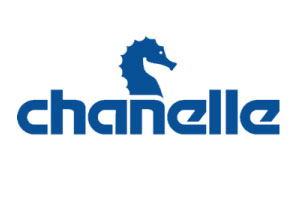Product Ref: CLCHA05 Category: C

Royal Mail Tracked 24 (Signed For)

Royal Mail Special Delivery Guaranteed by 1pm

| Category | POM-V |
| Temperature | Ambient |
| MA/VM/EU No: | 08749/4066 |
| Species |
|
| VMD Link | https://www.vmd.defra.gov.uk/productinformationdatabase/files/SPC_Documents/SPC_937176.PDF |
| NOAH Link | |
| Dosage | Oral use. The recommended dose rate is 4.4 – 8.8 mg/kg per day. For each 450 kg bodyweight the following dosage guide should be used according to individual response: Day 1 4.4 mg phenylbutazone/kg of bodyweight twice daily, (equivalent to two sachets or 10 g of the product twice daily). Day 2-4 2.2 mg phenylbutazone /kg of bodyweight twice daily, (equivalent to one sachet or 5 g of the product twice daily) followed by 2.2 mg phenylbutazone /kg of bodyweight daily, (equivalent to one sachet or 5 g of the product daily) or on alternate days as required. If no response is evident after 4-5 days, discontinue treatment. Hay may delay the absorption of phenylbutazone and so the onset of a clinical effect. It is advisable not to administer hay immediately prior to, or during the administration of the product. For ease of administration the product may be mixed with a quantity of bran or oats before each treatment. 4.10 Overdose (symptoms, emergency procedures, antidotes), if necessary Overdosing may result in gastric and large intestinal ulceration and general enteropathy. Renal papillary damage may also occur with impaired renal function. Subcutaneous oedema, especially under the jaw, may become evident due to plasma protein loss. In case of overdose CNS effects (excitement, seizures), hematuria and acidosis were observed. There is no specific antidote. If signs of possible overdosage occur, treat the animal symptomatically. |
| Withdrawals | Not to be used in horses intended for human consumption. Treated horses may never be slaughtered for human consumption. The horse must have been declared as not intended for human consumption under national horse passport legislation. |